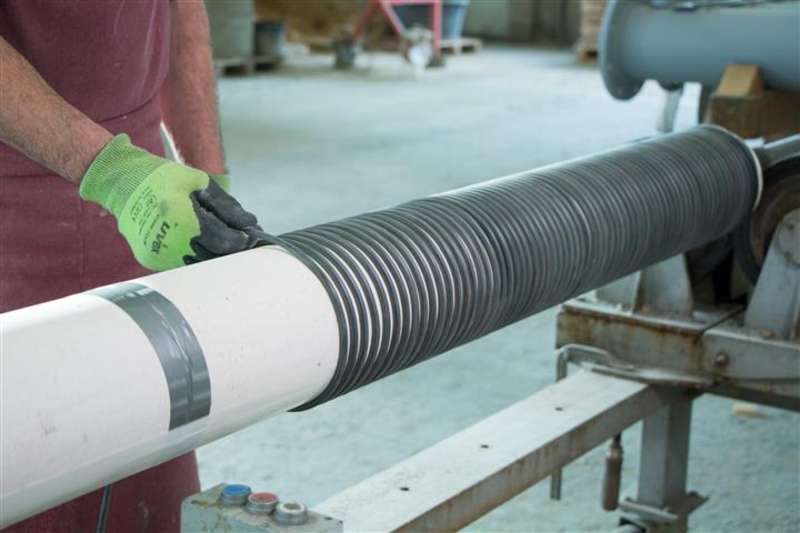Human beings have been making glass for more than 5000 years. The “ingredients” from which glass is made have hardly changed at all during that lengthy history. The ancient Egyptians were already using quartz sand and plant ashes containing sodium carbonate in order to make glass vessels. To this day, quartz sand remains the major component of the soda-lime glass in widespread use. The white-coloured material makes up close to 70 per cent of that type of glass. In modern glass production, ingredients also include sodium carbonate, potash, feldspars and dolomite. In addition, recycled glass or shards from the production of the glass itself can also be added to the mix. The mixture of these individual components is known as a batch.
Our client, a leading international manufacturer of special glasses operates its own glass batch building. Therein the individual raw materials are taken from material silos into weighing vessels and through dosing equipment to make up a uniform mixture. Crushed shards of waste glass (cullet) are added in suitable proportions to the resulting mixture. Pneumatic conveyor systems transport the batch to the various melting baths. The high content of quartz sand and waste glass from the manufacturing process results in serious wear to the pipes, pipe bends and channelling hoppers. Protection is therefore essential.
In the past, the conveyors have been lined with ABRESIST fused-cast basalt. For making clear glass, though, it is necessary to avoid using any coloured linings. One other requirement for the client was that the protection needed to provide high, or even very high, resistance to wear with only a thin covering.
Kalenborn’s solution: We chose to line the pipes and pipe bends with KALOCER oxide ceramic and KALCOR zirconium corundum, with the channelling hoppers being fully lined with KALOCER. These materials are white, so it was possible to avoid having coloured abrasive debris. Moreover, KALOCER and KALCOR provide extremely high wear resistance with only a small thickness of lining. This meant that there was no reduction in throughput within the pipes.
In order to avoid unplanned repairs, breaks in production and any possible damage to the environment due to worn piping components, the client also wished to have some reliable wear monitoring in order to detect any damage early on. For this, Kalenborn decided to employ KALDETECT. This system is composed of ceramic lining in combination with electrical wear-protection monitoring. For this purpose a low-voltage measuring conductor is embedded between the wear-protection lining and the piping components themselves. If the wear-protection layer inside the piping should be worn or damaged at a specific point, the conductor through which the test current flows will be broken there. A corresponding evaluation system can then identify where in the piping the break has occurred. Repairs to the lining can then be made in the course of planned maintenance. Early warning of failures to the piping and pipe bands also guarantees a high degree of operational reliability.
For the new generation of KALDETECT wear monitoring, Kalenborn is using a highly compact and easy-to-use high-performance plug. It is particularly well suited for use in tough environments or outdoors. The plug is compliant with categories IP50 to IP68, being watertight, vacuum-tight and providing protection against high voltages and pressure. KALDETECT has passed type inspection tests in compliance with pressure equipment guidelines and is currently under TÜV scrutiny. This is documented by its bearing the CE0035 CE mark.
The client has been highly satisfied with the overall solution for protection and monitoring, setting great store by the reliable and decades-long cooperation with Kalenborn as well as the high quality and structural integrity of the materials and linings.
